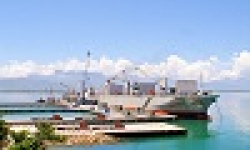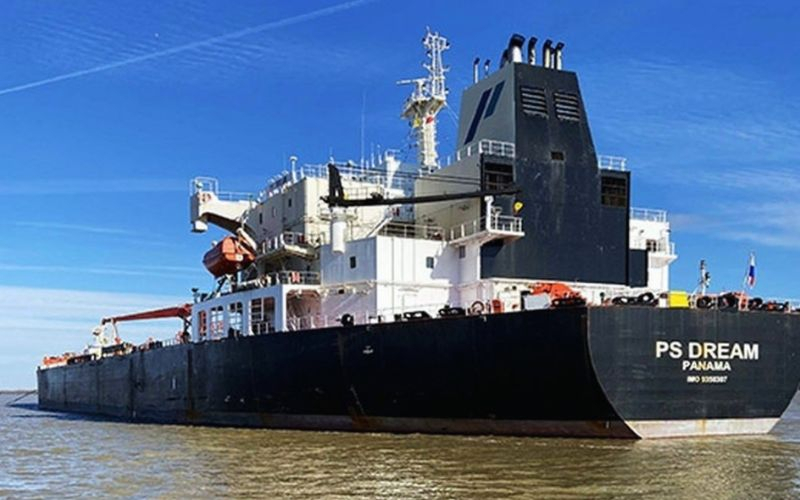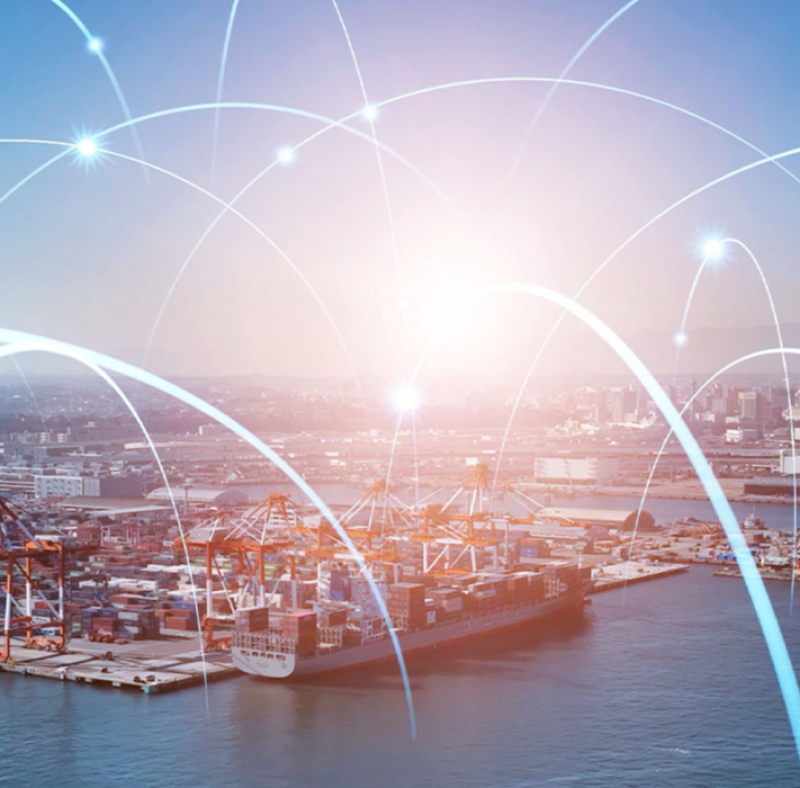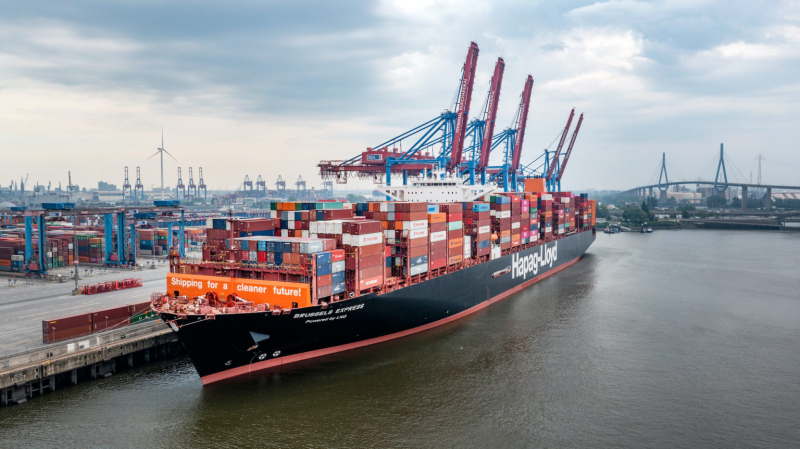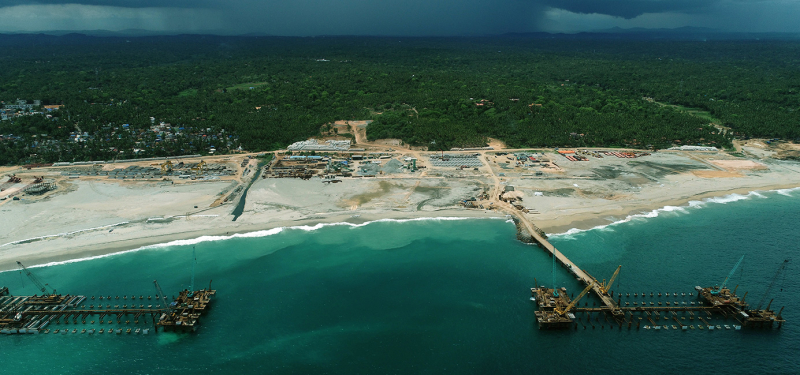The Unseen Force: How Technology is Redrawing Maritime Maps
The shipping industry, long regarded as the indispensable backbone of global trade, stands at a pivotal juncture in its evolution. It's an industry that, despite its ancient roots, is now embracing a digital revolution, hauling over 80% of global trade by volume. This vast sector, valued in the trillions, is undergoing a profound transformation. Technological innovations are ushering in a new era, promising to redefine how goods are transported, monitored, and managed, pushing the boundaries of efficiency, sustainability, and safety.
This article delves into seven pivotal technologies that are actively reshaping the shipping industry, offering unprecedented opportunities and practical examples illustrating their real-world applications. From intelligent automation to sustainable propulsion, these shipping innovation drivers are charting a new course for the maritime world.
7 Technologies in Shipping Industry lists
1. Autonomous Ships: Navigating the Future with Intelligence
The dawn of
autonomous ships represents a seismic shift in the maritime world, promising a future where vessels navigate oceans with minimal or no human intervention. These unmanned ships, leveraging cutting-edge technologies such as
Artificial Intelligence (AI), advanced sensors, and sophisticated autonomous navigation systems, are designed to operate independently. The implications of this technological leap are profound, with a global autonomous shipping market projected to reach
over $200 billion by 2030.
Real-world applications are already underway. Projects like the Mayflower Autonomous Ship (MAS) have demonstrated the capability of fully autonomous vessels to cross vast oceans independently, while the Yara Birkeland, an electric, autonomous container ship, is paving the way for emission-free coastal shipping. While challenges remain, including regulatory frameworks, cybersecurity concerns, and robust communication infrastructure, autonomous ships are poised to transform safety (reducing human error), efficiency (optimizing routes and speed), and operational costs (reducing crew-related expenses) in the maritime industry.
2. Blockchain: The Backbone of Trust and Transparency
Blockchain technology is fundamentally redefining supply chain management within the shipping industry, providing a transparent, secure, and efficient way to track the flow of goods and manage transactions. At its core, blockchain acts as a decentralized, immutable ledger that records all transactions in a tamper-proof manner, offering real-world benefits that traditional systems struggle to match. The global blockchain in logistics and supply chain market size is estimated to reach $3.5 billion by 2025.
Major players are already on board. The shipping giant Maersk, in collaboration with IBM, launched the "TradeLens" platform, powered by blockchain, to streamline global trade operations by digitizing and securing documentation processes. This platform enables stakeholders across the supply chain to access and verify documents in real time, drastically reducing delays, minimizing fraud, and enhancing trust.
Beyond documentation, blockchain revolutionizes cargo tracking, creating an unalterable record of every step in a product's journey, from manufacturer to retailer, thereby boosting supply chain visibility.
3. Internet of Things (IoT): The Era of "Smart" Shipping
The Internet of Things (IoT) has ushered in the era of "smart shipping," where vessels, cargo, and containers are interconnected through a vast network of sensors and devices. These IoT devices collect a wealth of real-time data, including cargo conditions, location, and status, enabling unprecedented monitoring and informed decision-making.
Imagine a shipment of perishable goods, such as fresh produce, traveling across the ocean. IoT sensors embedded in the containers continuously monitor temperature, humidity, and other environmental factors. If the temperature deviates from the optimal range, automated alerts are sent to operators, enabling immediate corrective action, preserving the quality and safety of the cargo.
This real-time data also optimizes container usage, enhances cargo security, and improves vessel performance by providing insights into engine health, fuel consumption, and navigation conditions. Such data empowers operators to make informed decisions, significantly reducing maintenance costs and ensuring the safety of maritime operations
4. Big Data and Analytics: Navigating with Predictive Power
The shipping industry is swimming in a veritable ocean of data, and harnessing the power of Big Data analytics is essential to stay afloat and thrive. Advanced analytics tools are employed to process and analyze this wealth of information, translating raw data into actionable insights for more informed decisions and streamlined operations.
Leading companies are leveraging this. Hapag-Lloyd, for instance, utilizes big data analytics to optimize routes and improve fuel efficiency. By analyzing historical data, current weather conditions, traffic patterns, and vessel performance, algorithms determine the most efficient routes, potentially reducing fuel consumption by up to 10-15% .
Predictive analytics, powered by AI algorithms, is another game-changer. By analyzing sensor data and performance patterns, these algorithms can forecast when critical equipment, such as engines, is likely to fail, enabling proactive maintenance. This prevents costly breakdowns and minimizes downtime, drastically improving operational reliability and profitability across the shipping industry.
5. Green Technologies: Powering a Sustainable Future
The imperative of environmental sustainability has led to the rapid adoption of green technologies within the shipping industry. These innovations aim to drastically reduce carbon emissions and mitigate the industry's significant environmental impact. The International Maritime Organization (IMO) has set ambitious targets, including achieving Net Zero GHG emissions by or around 2050 .
Liquefied Natural Gas (LNG) propulsion is gaining traction as a cleaner alternative to traditional marine fuels, with LNG-powered vessels emitting significantly fewer greenhouse gases and pollutants. In fact, 49% of the current newbuilding orderbook at shipyards are for LNG-capable ships (Source: DNV, verify latest data).
Wind-assisted propulsion systems, such as sails and rotor sails, harness wind power to supplement traditional engines, potentially reducing fuel consumption by up to 20% on long-distance routes .Additionally, electric and hybrid ships are becoming more prevalent, particularly for ferries and short-sea shipping, further reducing emissions and noise pollution in coastal areas.
6. Drones and Robotics: Automating Inspection and Handling

Drones and robotic systems are transforming the shipping industry by performing tasks traditionally carried out by human crews, significantly improving safety, reducing operational costs, and enhancing efficiency.
Ship Inspections: Drones equipped with high-resolution cameras and sensors can conduct inspections of ship hulls, tanks, and confined spaces more quickly and comprehensively than human inspectors. This not only improves safety for personnel but also provides detailed visual data for analysis, ensuring optimal vessel performance and compliance.
Port Automation: Robotics plays a pivotal role in cargo handling within ports and terminals. Automated guided vehicles (AGVs) and robotic cranes efficiently move containers, optimizing space utilization and significantly reducing turnaround times. Major ports like Rotterdam and Singapore rely heavily on these robotic systems to manage the efficient flow of goods, contributing to their world-class efficiency.
7. Artificial Intelligence (AI): The Brain Behind Smart Shipping
Artificial Intelligence (AI) is at the heart of many technological advancements in the shipping industry, empowering operations to be smarter, more predictive, and more efficient. AI algorithms are crucial in predicting equipment failures. By analyzing sensor data and historical performance patterns, these algorithms can forecast when critical systems are likely to fail, allowing for proactive maintenance scheduling. This prevents costly breakdowns and minimizes downtime, drastically improving operational reliability.
AI is also utilized to optimize cargo stowage on vessels, maximizing space utilization and ensuring safe navigation by considering factors like weight distribution and cargo compatibility. Furthermore, AI-powered predictive analytics revolutionizes demand forecasting and inventory management, helping shipping companies anticipate customer demand, optimize inventory levels, and reduce the risk of stockouts. This ensures that goods are readily available when needed, improving customer satisfaction and reducing holding costs across the supply chain.









